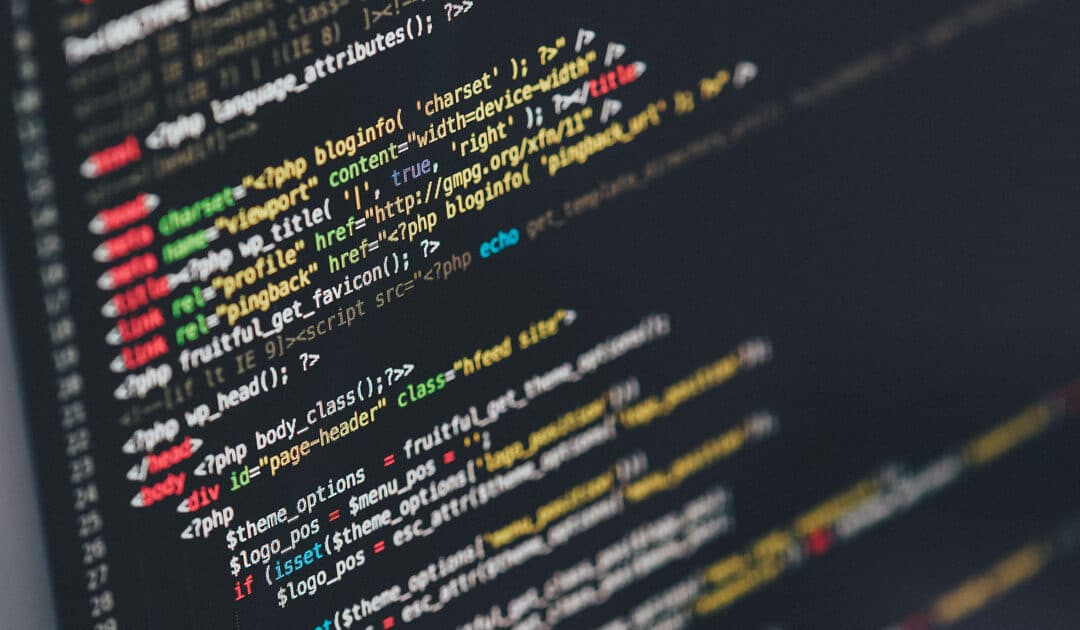Introduction: In the world of software development, faster bug testing is a critical phase that ensures the delivery of high-quality products. Timely bug identification and resolution play a pivotal role in meeting project timelines and ensuring a seamless user experience. Visual feedback has emerged as a powerful tool in accelerating bug testing and enhancing the overall software development process. This article explores the significance of visual feedback in bug testing and highlights how it leads to faster bug identification, clearer communication, and more efficient bug resolution.
Faster Bug Identification: Visual feedback allows testers and developers to identify bugs faster and more accurately. Instead of relying solely on written descriptions, visual feedback provides a clearer understanding of the issue at hand. Testers can capture screenshots or record videos of bugs as they encounter them during testing. These visual aids provide developers with valuable context, making it easier to pinpoint the root cause of the problem. Faster bug identification enables development teams to act swiftly in addressing bugs, reducing the time between detection and resolution.
Visual feedback significantly enhances communication between testers and developers for Faster Bug Testing
Enhanced Communication: Visual feedback significantly enhances communication between testers and developers. Screenshots and screen recordings offer a visual representation of bugs, eliminating the need for lengthy explanations. Testers can highlight specific areas of concern or add annotations to provide additional context. This clear and concise communication streamlines the bug reporting process, reducing misunderstandings and ensuring that developers can focus on resolving issues quickly and accurately.

efficiency of bug resolution is further enhanced when visual feedback is integrated into bug tracking tools for Faster Bug Testing
Efficient Bug Resolution: With visual feedback, developers gain a deeper understanding of reported bugs, enabling them to devise targeted solutions. Annotated screenshots or screen recordings often eliminate the need for back-and-forth communication between testers and developers, expediting the debugging process. The efficiency of bug resolution is further enhanced when visual feedback is integrated into bug tracking tools or project management systems, ensuring seamless collaboration and progress tracking.
Real-time Collaboration: Visual feedback fosters real-time collaboration between testers and developers. Testers can instantly share visual bug reports with developers, who can then respond promptly with appropriate actions. This dynamic collaboration allows development teams to work in tandem, reducing delays and speeding up the overall bug testing process. Real-time collaboration also enhances the teamwork and synergy among testers and developers, leading to more effective bug resolution.
Enhanced User Experience: Faster bug testing through visual feedback results in an improved user experience. Bugs that are identified and resolved promptly reduce the likelihood of customers encountering glitches or usability issues. A seamless and bug-free user experience not only enhances customer satisfaction but also boosts the reputation of the software and the development team. Visual feedback ensures that potential issues are addressed before the software reaches the end-users, contributing to a positive user experience.
Effective Remote Testing: In today’s remote working landscape, visual feedback is particularly valuable for distributed teams. Testers and developers can collaborate seamlessly, regardless of their geographical locations. Visual bug reports transcend language barriers and enable teams to communicate effectively, regardless of time zones or cultural differences. Remote testing becomes more efficient, allowing development teams to maintain productivity and deliver high-quality software products.
Visual feedback has revolutionized the bug testing process, making it faster and more effective. Through annotated screenshots and screen recordings, testers can communicate issues clearly and concisely to developers. This leads to faster bug identification and efficient bug resolution, ultimately resulting in an enhanced user experience. Real-time collaboration and remote testing are further facilitated by visual feedback, allowing development teams to work seamlessly despite geographical distances. Embracing visual feedback in bug testing is a valuable investment, as it enhances the software development process and delivers bug-free and exceptional software products to end-users. Faster bug testing through visual feedback is a key component in meeting project timelines and ensuring the overall success of software development endeavors.

